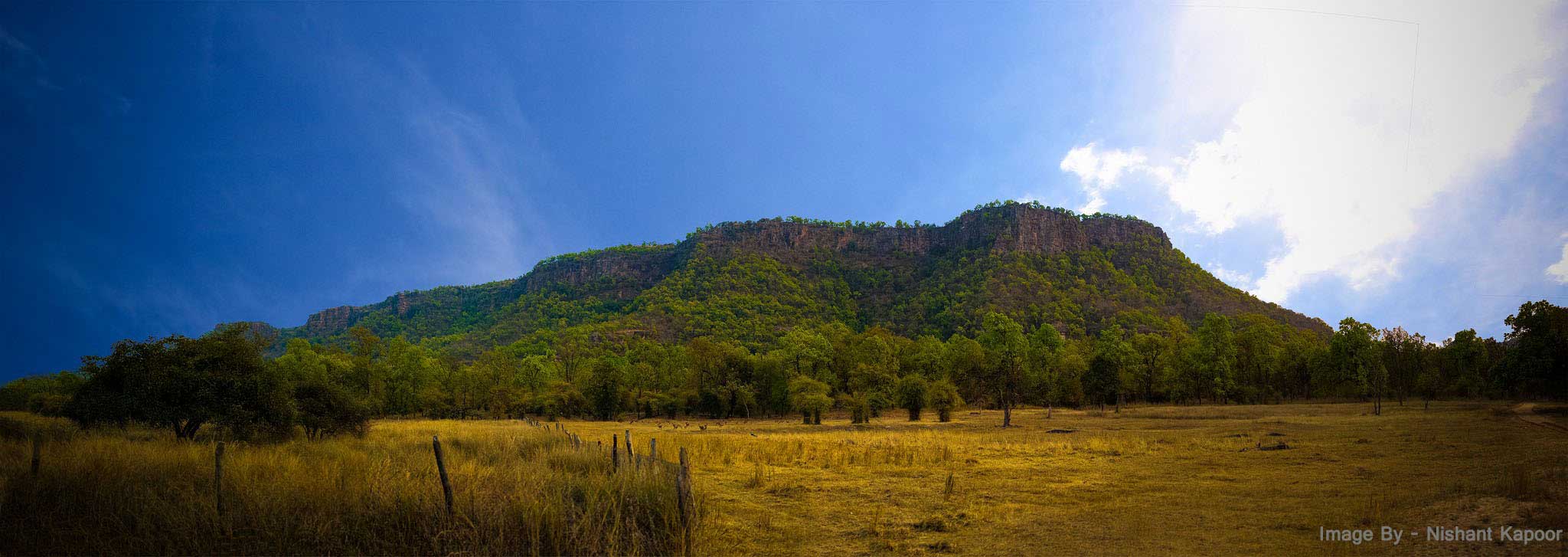Bandhavgarh has been an excellent habitat for Tigers which was under the control of Baghels, rules of Rewa state; who had declared it as their private Game Reserve, known as their “Shikargaah”. Consequently, the fort, the area of reserve and the surrounding forests were passionately protected by the Royal Family who had the exclusive hunting rights in the area. After independence of India and abolition of princely states, the forest in the area started degrading due to lack of proper control.
The state of Madhya Pradesh was formed in 1956 and the state also realized the ecological importance of Bandhavgarh. Maharaja Martand Singh of Rewa, who was already deeply moved by the degradation of Forests took initiative to protect the area and its rich Bio-diversity and on his proposal an area of 105 sq. km was notified as National Park in 1968.
The original national park area is mostly under the current Tala Range of the Park. In 1982 the area of the park was extended to 448.842 sq. km. and three more ranges namely, Khitauli, Magdhi and Kallawah were added to Tala Range.
One of the most intensive conservation efforts in India and perhaps the world, Project Tiger was officially launched in the year 1973 with the objective of improving the population of Tigers in India which had been dwindling considerably over the years. Considering the importance and potentiality of the Bandhavgarh National Park, it was included in the Project Tiger network in 1993. Panpatha Sanctuary (which was created in 1983 with an area of 245.847 sq. km) was merged into the core area of Tiger Reserve, there-by increasing the core area to 694.689 sq. km along with the buffer area of 437 sq kms. Thus Bandhavgarh National Park which came into existence in 1968 was officially entitled as Bandhavgarh Tiger Reserve under Project Tiger.

 Twitter
Twitter


